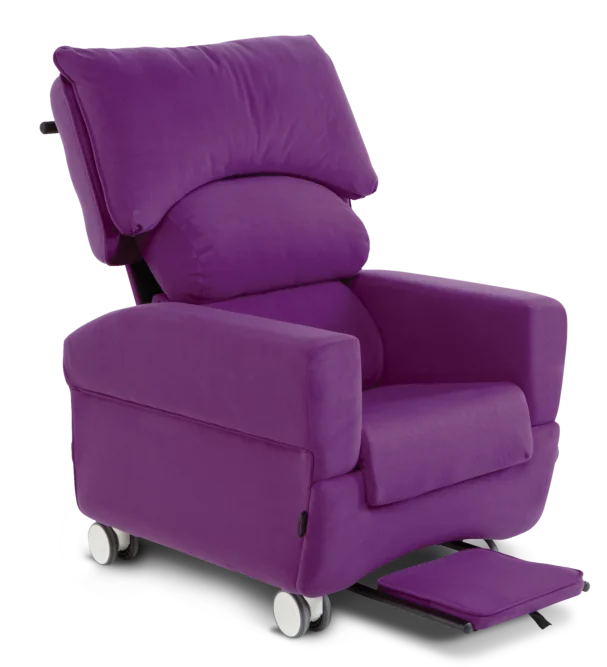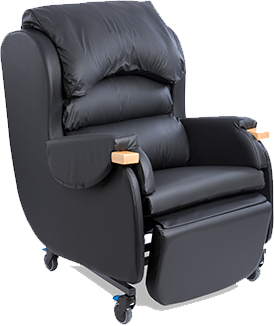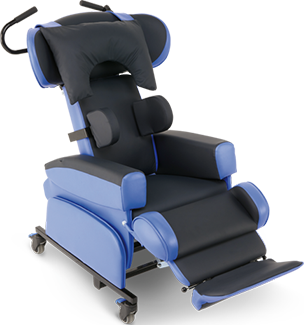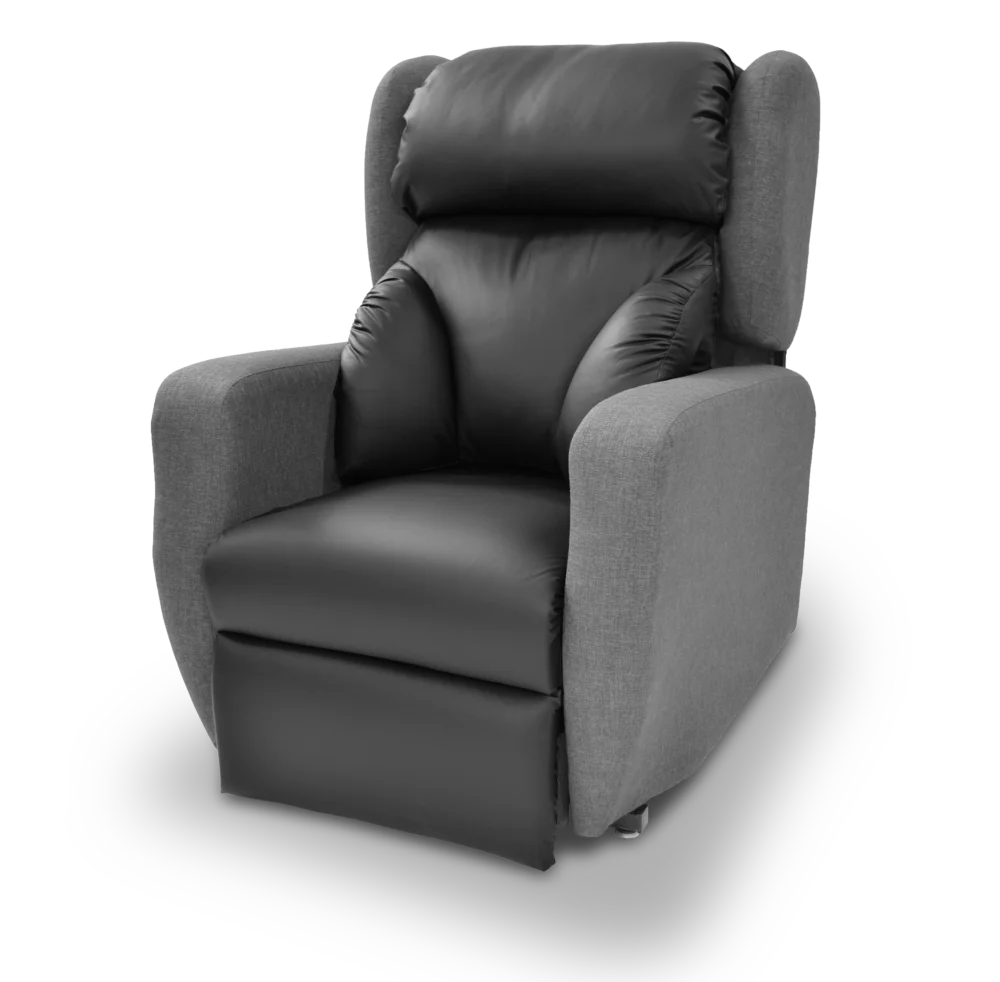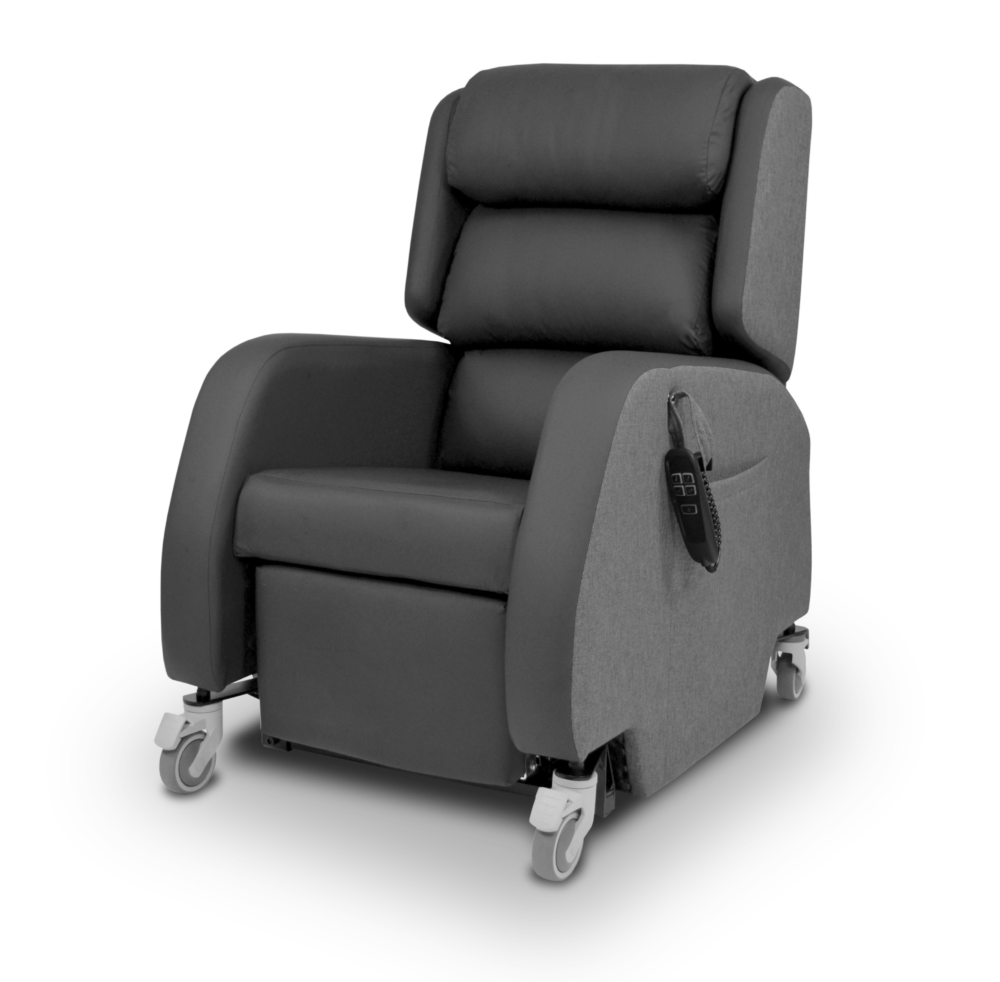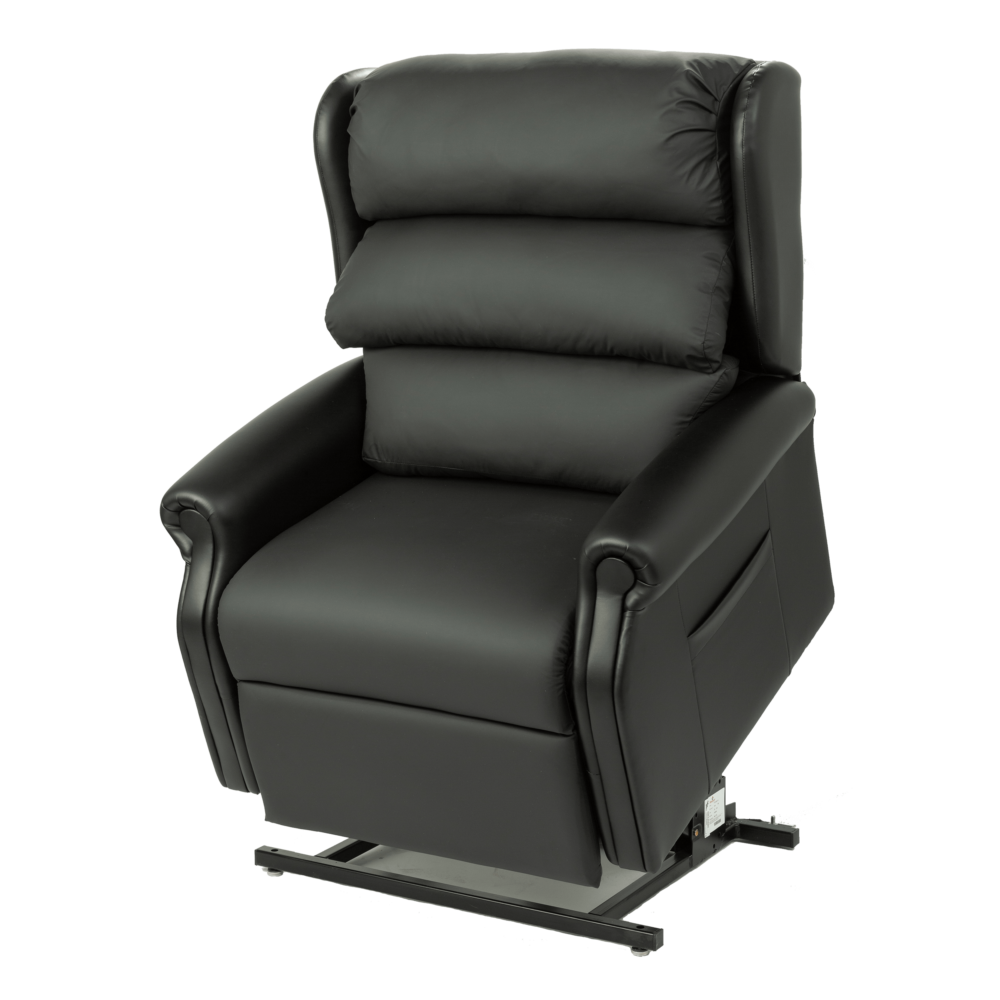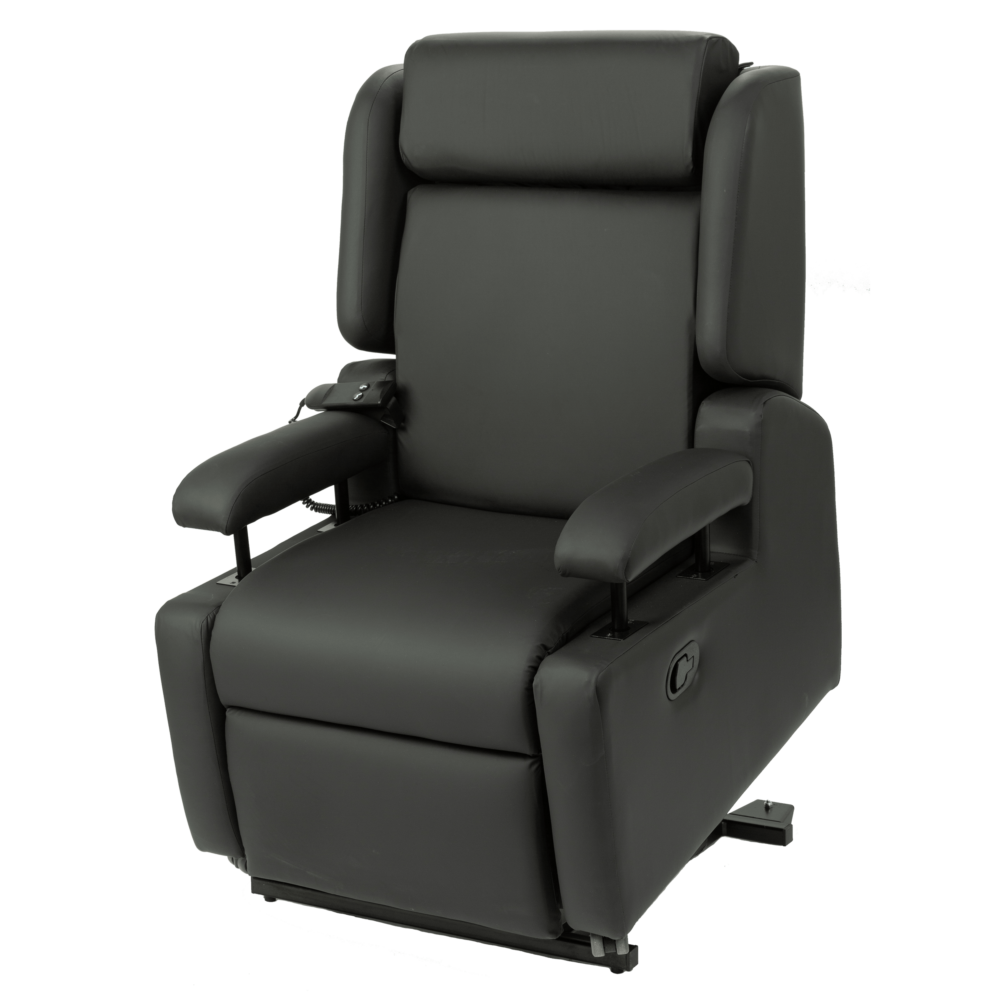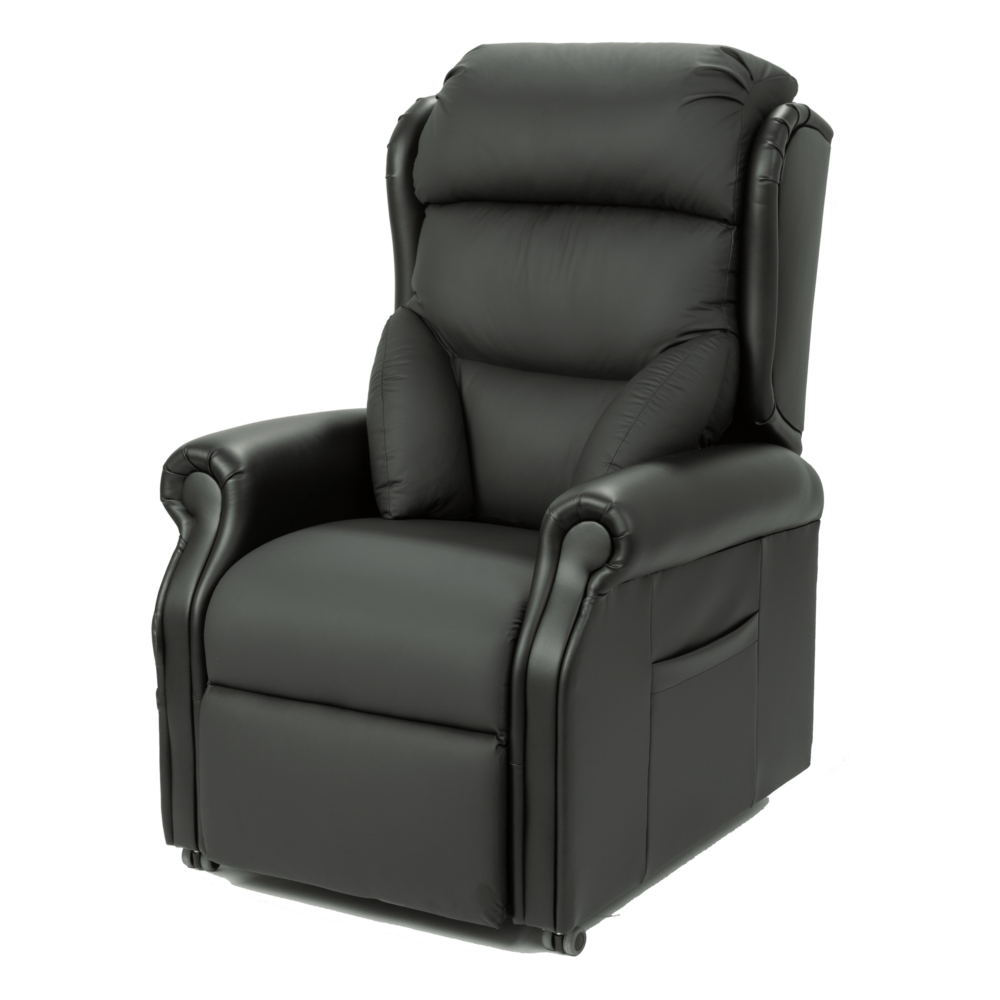What is motor neurone disease (MND)?
Motor neurone disease describes a group of diseases that affect the nerves (motor neurones) in the brain and spinal cord responsible for voluntary movement and muscle control. With motor neurone disease, messages from these nerves gradually stop reaching the muscles, leading them to weaken and waste1 (atrophy). It is a rapidly progressive, invariably fatal, neurological disease that can significantly shorten life expectancy, but some people live with it for many years. There is no known cure but there are interventions, such as therapies, equipment and medications, that can reduce the impact the disease has on daily life2 and ultimately achieve the best possible quality of life for individuals.
What is amyotrophic lateral sclerosis?
An individual may be diagnosed with a particular type of motor neurone disease. Each type is a way of describing how the disease is likely to affect an individual and does not describe a completely separate disease, just a different form. Amyotrophic lateral sclerosis (ALS) is the most common form of motor neurone disease. Other types include bulbar onset motor neurone disease or progressive bulbar palsy (PBP), progressive muscular atrophy (PMA) and primary lateral sclerosis (PLS).
What causes motor neurone disease?
It is currently not possible to give a clear answer about the causes of motor neurone disease. It is believed that different factors may trigger the disease; a number of genetic and environmental factors need to combine before motor neurone disease can develop. In a small number of cases, where there is a family history, a genetic mistake may have been inherited1.
“MND describes a group of diseases that affect the nerves responsible for voluntary movement and muscle control”
What are the effects of MND?
Motor neurone disease affects everyone differently. It causes a range of different symptoms that can appear in a different order and can progress at varying speeds for each individual. Symptoms include:
- Muscle weakness and atrophy
- Movement and mobility problems
- Muscle cramps and spasms, including fasciculation (rippling sensations)
- Stiffness in the joints, which may limit range of movement
- Pain or discomfort
- Speech and communication problems, affecting speech, gesture and expression
- Swallowing difficulties
- Breathing problems, which can lead to breathlessness and fatigue
- Emotional lability, with inappropriate emotional responses
- Changes to thinking and behaviour, which are usually mild but a small number of people with MND may develop frontotemporal dementia
What postural challenges can result from MND?
- Muscle weakness and atrophy
- Shoulder subluxation (partial dislocation)
- Fatigue
- Poor postural control
- Increased thoracic kyphosis
- Posterior pelvic tilt
- Poor head control
- Abnormal muscle tone
- Contractures
- Pain
References
Motor Neurone Disease Association (2017) What is MND? Available from: www.mndassociation.org/about-mnd/where-do-i-start/what-is-mnd/
NHS Choices (2018) Motor neurone disease Available from: www.nhs.uk/conditions/motor-neurone-disease/

